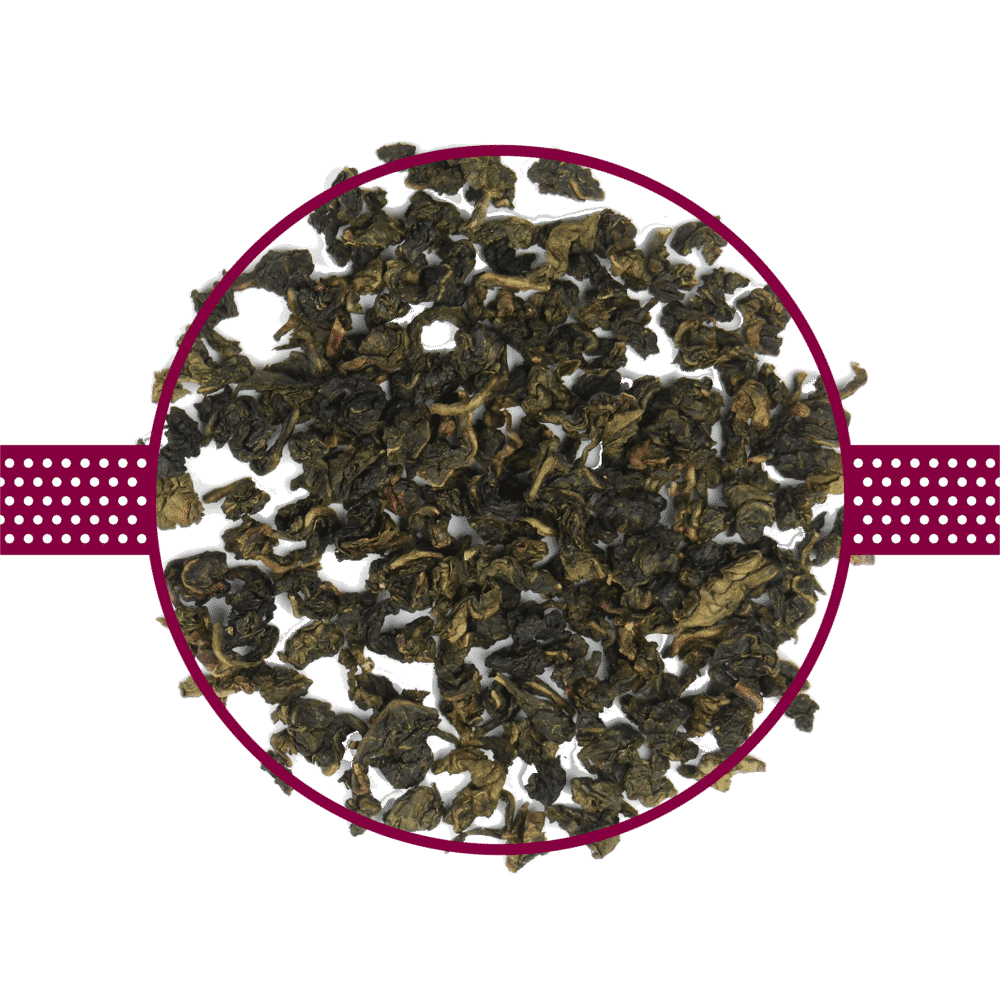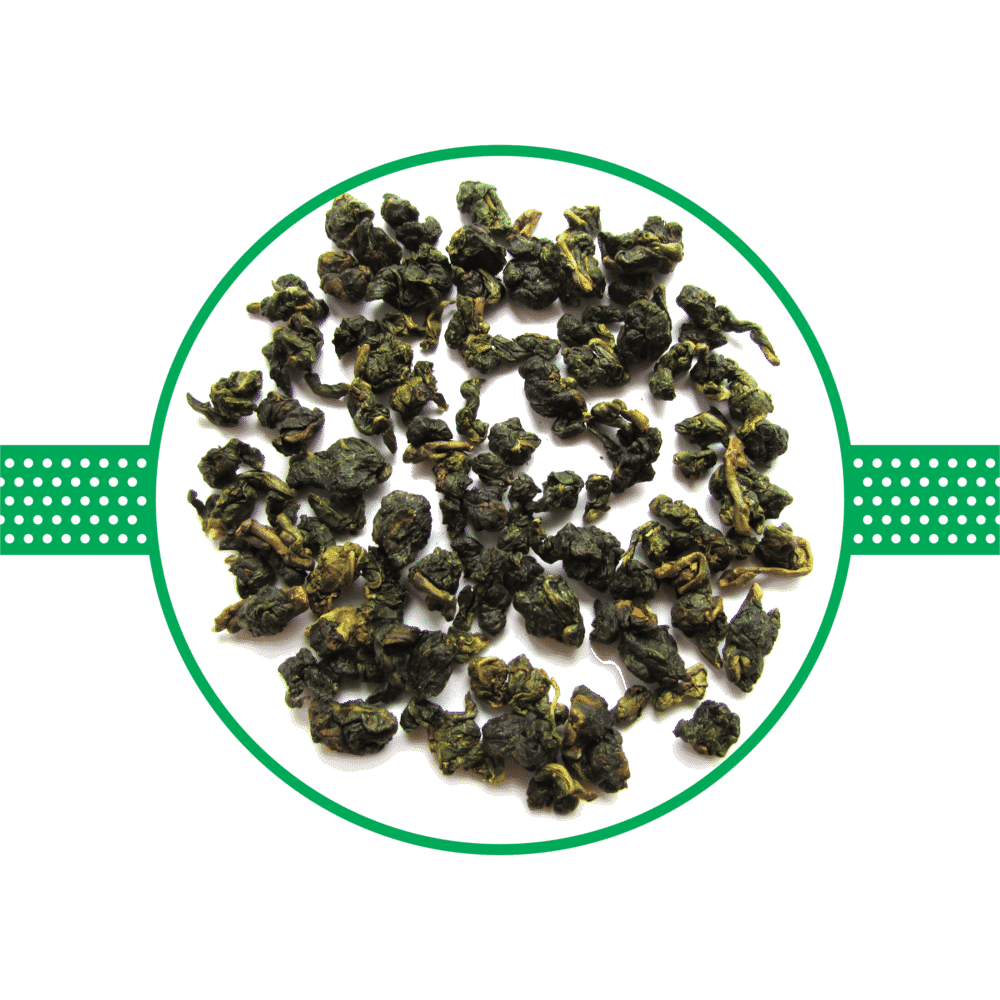Showing all 2 results
Recently Viewed Products
Leaves for oolong tea are picked throughout the entire year. Normally oolong tea contains a large percentage of the specialty teas plucked later in the growing seasons.
By allowing the leaves to stay on the tea plants for a longer period, the tea farmers allow the leaves to acquire chemicals which are not found in younger tea leaves.
These chemicals, along with the complex production process, create the unique taste and aromas of many oolong teas.
Processing Oolong Tea
After the tea leaves are plucked, they are withered in the sun for a relatively short period of time; normally between one and four hours.
Then the leaves are left to be cooled in a damp room. This short withering process generally is repeated three times.
Sweating Stage
After this series of withering, the leaves usually undergo a “sweating” stage.
In this stage, the leaves are gently and continuously tossed in a room with temperatures maintained at 20°C–29°C (68°F–84°F). Humidity rate of the room is kept over 80 percent.
The continuous tossing allows the leaves to dry evenly while also helping to rupture their cellular structure.
Once the cellular structure is ruptured, the atmospheric oxygen begins to mix with the leaves’ PPO enzyme (Polyphenol oxidase) and the leaves begin to oxidize.
Unlike black teas, which have very even oxidation because the oxidation occurs while the leaves are subjected to the extreme stress and pressure of rolling, oolong’s oxidation process does not always occur evenly.
During the sweating stage, the oxidation begins on the outside of the leaf and slowly works itself toward the center. This usually results in the creation of a beautiful red ring around the edge of the leaves.
However, the increasing demand in the market for uniform-looking leaves, today it is quite rare to find oolong tea which contains this red ring.
As tea production becomes more industrial, many producers use various techniques to accelerate the oxidation process. One of the by-products of these new techniques is that the leaves are more uniformly oxidized and the distinctive red bands are usually absent.
Shaping Stage
After the sweating stage, the leaves are cooled and then shaped.
Oolong teas come in one of these two shapes:
- The traditional style with long curvy leaves
- The contemporary style of “wrap curling” where the leaves are rolled into small beads with a tail.
To form oolong in the traditional style, the leaves are tossed until they are sufficiently rolled.
To form oolong in the contemporary style, often associated with Fujian’s Tie Guan Yin, the tea master wraps the tossed leaves in a cloth and places the wrap in a mold that he uses to roll the leaves into their unique “bead with tail” shape.
DRYING AND SHAPING
Once the oxidation has been halted, the leaves are dried.
Today, most oolongs are dried in ovens in one step.
Some high-graded oolong teas, especially WuYi oolongs, still undergo several drying stages during which each subsequent stage dries the leaves in increasingly cooler temperatures.
By gently cooling the oolong tea in this manner, the tea acquires a unique toasty flavor, a hallmark of the WuYi oolongs.




